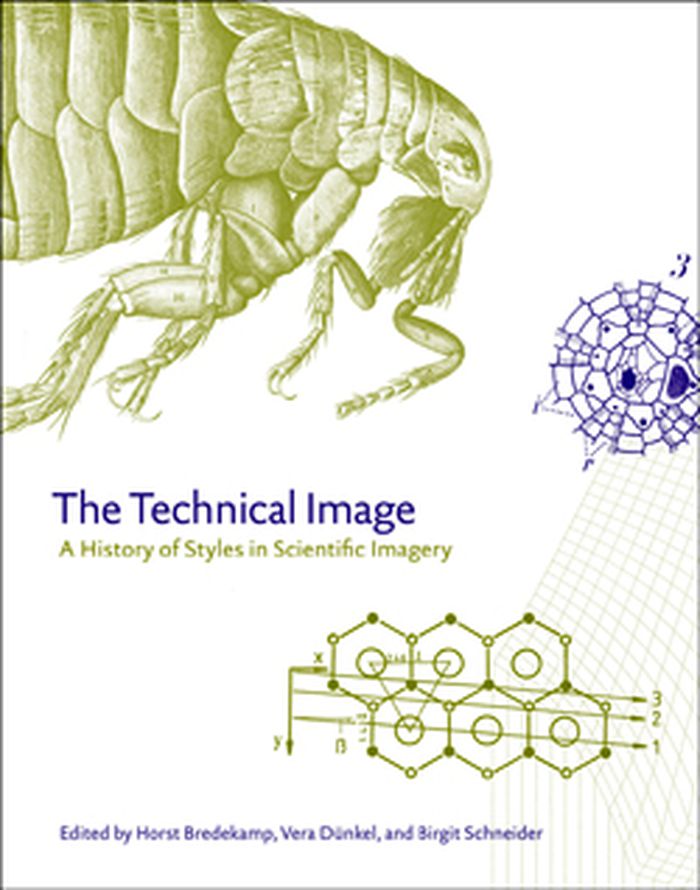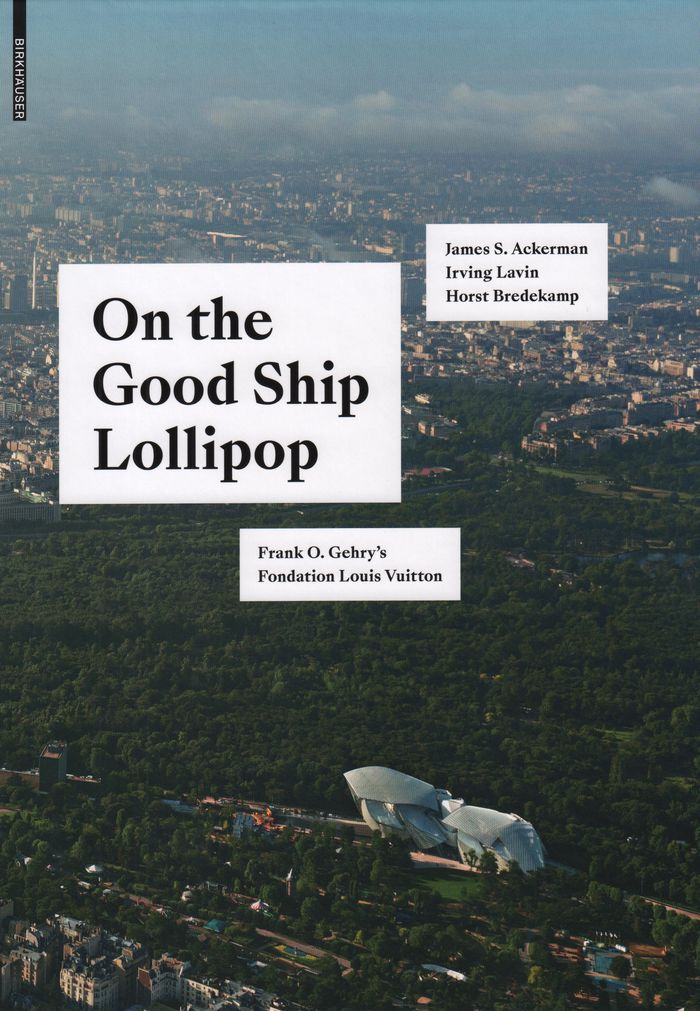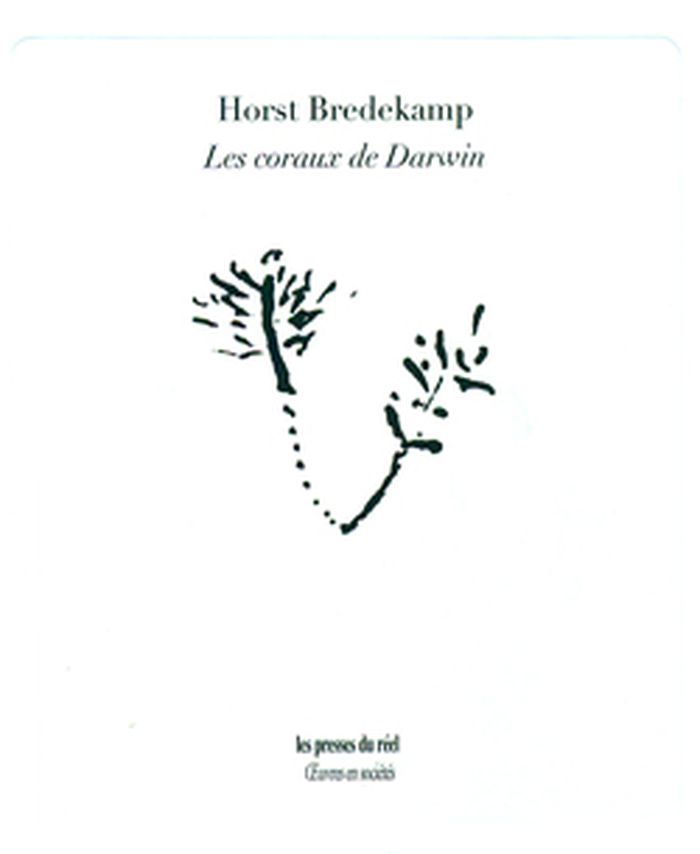$45.00
(disponible sur commande)
Résumé:
As digital technology advances at breakneck speed, images are circulating quicker than ever before. But what is the status of the image in the digital era? In this publication, art historian Hubert Burda (born 1940) examines the "iconic turn" in ten themed chapters and conversations with leading cultural theorists. In the first chapter, "The View Through the Window,"(...)
Épistémologie et réseau
août 2011
The digital wunderkammer : 10 chapters on the iconic turn
Actions:
Prix:
$45.00
(disponible sur commande)
Résumé:
As digital technology advances at breakneck speed, images are circulating quicker than ever before. But what is the status of the image in the digital era? In this publication, art historian Hubert Burda (born 1940) examines the "iconic turn" in ten themed chapters and conversations with leading cultural theorists. In the first chapter, "The View Through the Window," Burda traces the connection between perspectival painting and the television, demonstrating in the second chapter how the image requires a frame, which in turn requires a material vehicle - the topic of the third chapter - that in our era has become a non-material vehicle with its own formal parameters. In the fourth chapter, "The Mobile Image," Burda shows how images have always been linked to portability, but now migrate to an unprecedented degree, so that anyone with a personal device can globally disseminate, say, footage from a concert via Youtube. A discussion of the capacity of individual images to placate or ennervate leads to a seventh chapter on the appetite for the Sublime and the rhetoric and representation of power throughout art history. Following a discussion of the democratization of celebrity culture, Burda proposes that the Google search box is perhaps the most interesting "interface" of our times, analogous to the seventeenth-century cabinet of curiosities (or wunderkammer). Conversations with Friedrich Kittler, Peter Sloterdijk, Bazon Brock, Horst Bredekamp and Hans Belting further extend this imaginative debate on the "iconic turn."
Épistémologie et réseau
$67.95
(disponible sur commande)
Résumé:
In science and technology, the images used to depict ideas, data, and reactions can be as striking and explosive as the concepts and processes they embody—both works of art and generative forces in their own right. Drawing on a close dialogue between the histories of art, science, and technology, The Technical Image explores these images not as mere illustrations or(...)
The technical image: a history of styles in scientific imagery
Actions:
Prix:
$67.95
(disponible sur commande)
Résumé:
In science and technology, the images used to depict ideas, data, and reactions can be as striking and explosive as the concepts and processes they embody—both works of art and generative forces in their own right. Drawing on a close dialogue between the histories of art, science, and technology, The Technical Image explores these images not as mere illustrations or examples, but as productive agents and distinctive, multilayered elements of the process of generating knowledge.
Théorie de l’art
$64.00
(disponible sur commande)
Résumé:
The Fondation Louis Vuitton by Frank O. Gehry rises from the Bois de Boulogne as a new landmark in the Parisian skyline. Gehry's dynamic architecture is both glittering and multifaceted: is it a sailing vessel, an iceberg, or a sea monster? It fascinates with its wealth of references and, at the same time, escapes any clear-cut definition. Three outstanding(...)
Architecture, monographies
mars 2019
On the good ship lollipop: Frank O. Gehry's Fondation Louis Vuitton
Actions:
Prix:
$64.00
(disponible sur commande)
Résumé:
The Fondation Louis Vuitton by Frank O. Gehry rises from the Bois de Boulogne as a new landmark in the Parisian skyline. Gehry's dynamic architecture is both glittering and multifaceted: is it a sailing vessel, an iceberg, or a sea monster? It fascinates with its wealth of references and, at the same time, escapes any clear-cut definition. Three outstanding representatives of different generations of art history, James S. Ackerman, Irving Lavin, and Horst Bredekamp have together paid a visit to the Fondation Louis Vuitton. They explore the building in three essays that try to fathom the floating architecture of the "magician" Gehry in the context of both art and architectural history.
Architecture, monographies
Les coraux de Darwin
$34.95
(disponible sur commande)
Résumé:
Le darwinisme a consacré l’image de l’arbre pour représenter l’évolution des espèces. Or, cette image impose une vision hiérarchique et téléologique absente du raisonnement initial de Darwin. Dans une étude scrupuleuse des esquisses du père de l’évolutionnisme, l’historien d’art Horst Bredekamp montre que Darwin a préféré à la métaphore de l’arbre l’image du corail, de(...)
Les coraux de Darwin
Actions:
Prix:
$34.95
(disponible sur commande)
Résumé:
Le darwinisme a consacré l’image de l’arbre pour représenter l’évolution des espèces. Or, cette image impose une vision hiérarchique et téléologique absente du raisonnement initial de Darwin. Dans une étude scrupuleuse des esquisses du père de l’évolutionnisme, l’historien d’art Horst Bredekamp montre que Darwin a préféré à la métaphore de l’arbre l’image du corail, de ses branches fragiles et de son développement anarchique. Avec les coraux, Darwin a introduit dans sa théorie de l’évolution naturelle une pièce maîtresse issue de la tradition des cabinets de curiosités. Il a ainsi renoué avec une vision ancienne de l’équilibre naturel et lui a ajouté la signification politique associée au XIXe siècle à ces êtres sous-marins : le pouvoir du nombre. La métaphore, au-delà de ses enjeux esthétiques et politiques, n’est pas sans intérêt pour les discussions dont « l’arbre de la vie » fait l’objet dans la biologie évolutionniste.
Théorie/ philosophie



